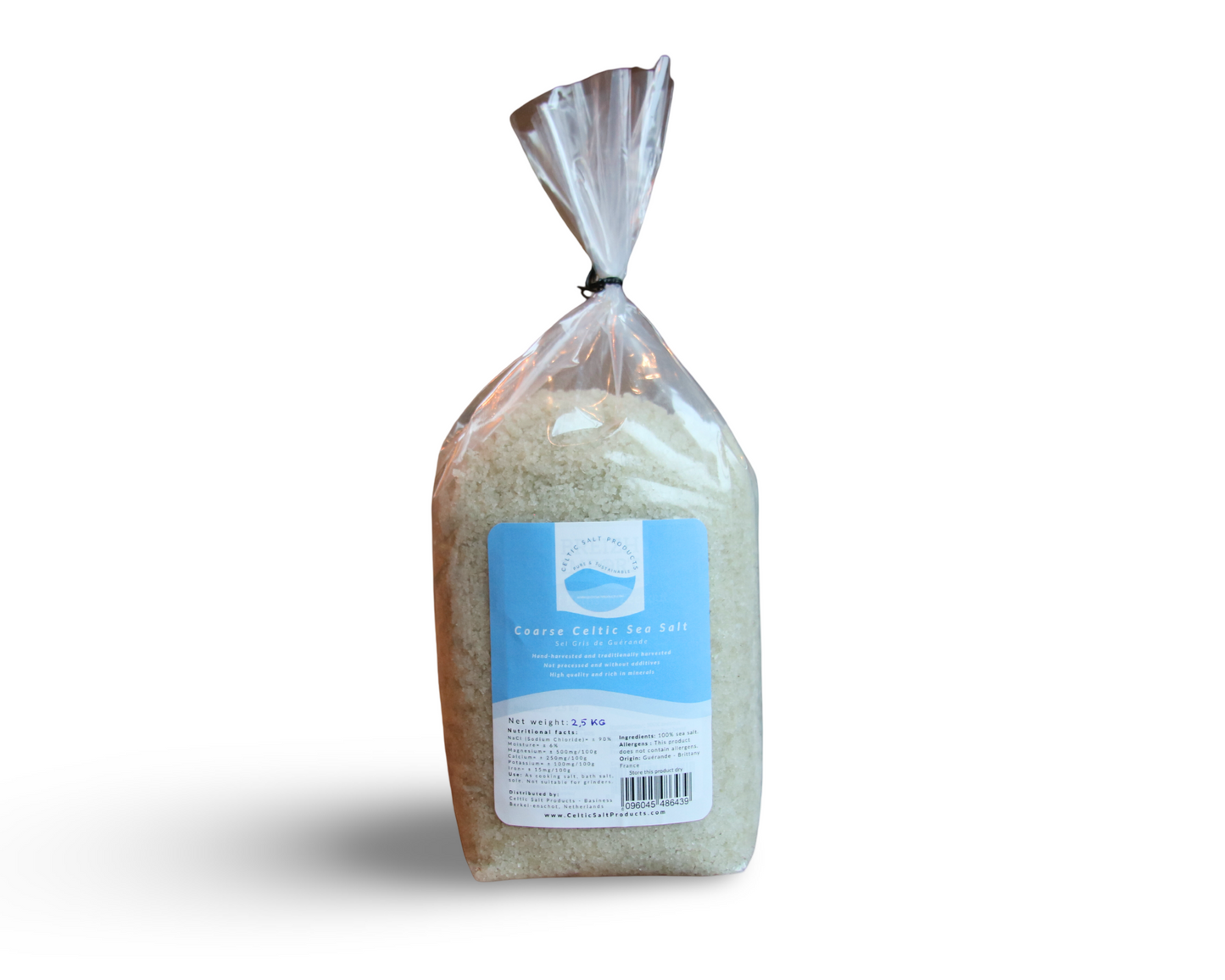Bienvenue dans un voyage fascinant à travers le temps et la culture, où nous explorons pourquoi le célèbre 'sel de mer celtique' porte ce nom intrigant. Dans ce blog, nous plongeons dans les contextes historiques, les significations géographiques et la popularité moderne de ce sel de mer unique.
Qu'est-ce que le sel de mer celtique ?
Le sel de mer celtique, reconnaissable par sa couleur grise et sa texture humide, se distingue des autres types de sel par sa composition minérale unique et sa saveur riche. Traditionnellement récolté dans les zones côtières de Bretagne, en France, il est connu pour sa teneur en sodium relativement faible et sa richesse en oligo-éléments.
Contexte historique
Les Celtes, un ensemble de sociétés tribales répandues à travers l'Europe à l'âge du fer, ont une histoire riche étroitement liée à l'exploitation du sel. Surtout en Bretagne, où le sel de mer celtique trouve son origine, l'exploitation du sel était une partie cruciale de l'économie et de la culture locales.
Signification géographique
Le lieu unique où le sel de mer celtique est récolté, près de l'océan Atlantique, joue un rôle essentiel dans la qualité et la saveur du sel. L'interaction entre l'océan et l'argile dans les marais salants contribue à sa composition et à sa couleur uniques.
Pourquoi le nom 'Celtique' ?
Le nom 'Celtique' fait référence aux Celtes, connus pour leur profonde connexion avec la nature et leurs méthodes traditionnelles d'extraction du sel. Ce nom reflète l'héritage historique et culturel des techniques d'extraction du sel développées par les Celtes et utilisées jusqu'à ce jour.
Utilisation moderne et popularité
Aujourd'hui, le sel de mer celtique est un choix populaire dans les cuisines du monde entier. Sa popularité est due non seulement à son goût unique mais aussi aux prétendus bienfaits pour la santé, tels que la présence de minéraux essentiels.
Conclusion
Le sel de mer celtique est plus qu'un simple assaisonnement ; c'est un morceau d'histoire vivante reliant les temps des Celtes à notre cuisine moderne. Le nom 'celtique' nous rappelle les traditions anciennes et le lien naturel avec notre terre.










